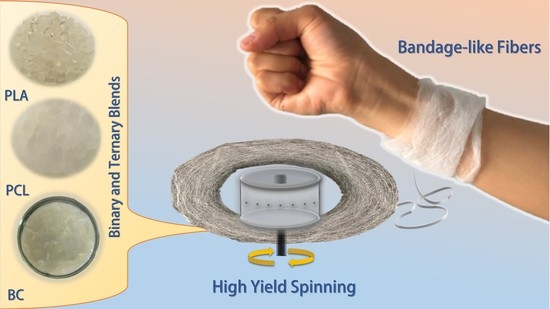

- #Criteria for classification as a protein scaffold skin
- #Criteria for classification as a protein scaffold series
On other essential property of scaffold for tissue engineering is the biodegradability. To this aim, it is possible to modify the surface of the biomaterial by adding extracellular matrix macromolecules, including collagen, fibronectin, and laminin, to produce a biomimetic environment equivalent to the native tissue able to modulate cellular behavior and response. Generally, biomaterials with chemical composition comparable to the host tissue have a higher bioactivity and can promote cellular recognition evoking specific cellular response to support tissue growth. The bioactivity represents the ability of a biomaterial to interact with surrounding tissue ensuring cell adhesion, proliferation, and differentiation. Moreover, after implantation, it must integrate into the host tissue without eliciting immune response in order to avoid an important inflammatory reaction that might decline healing or induce rejection. The main requirement of the scaffold for tissue engineering is its biocompatibility or capability to promote cellular adhesion, proliferation, and migration onto the surface and eventually through the scaffold in vitroand in vivo. Furthermore, it is important when planning or determining the suitability of a scaffold to evaluate that it fulfills the following key requirements: (i) biocompatibility, (ii) bioactivity, and (iii) biodegradability. To this aim, different types of biomaterials have been currently used, such as, natural or synthetic polymers, ceramics, metals, composites, and hydrogels. Nowadays, several types of scaffolds have been produced with a multiplicity of manufacture systems but the main challenge for tissue engineering is represented from the choice of appropriate materials for the scaffold production. More recently, natural and synthetic biomaterials have become one of the important elements for regenerative medicine and tissue engineering strategies.
#Criteria for classification as a protein scaffold series
Later, the industrial revolution allowed the development of a series of synthetic biomaterials (first metallics and then polymerics) with characteristics more and more suitable for the development of medical devices.
#Criteria for classification as a protein scaffold skin
In fact, the ancient Egyptians and Romans used vegetable fibers to sew skin lesions, and they were able to model wooden limb prostheses. Since ancient times, men searched in nature animal or plant-derived materials able to heal wounds, maintain, or restore body functions.

The first definition of biomaterial was developed in the 1980s, during the Consensus Development Conference (Chester, UK, 1982) in which the biomaterials were defined as “ any substance, other than a drug, or a combination of substances, synthetic or natural in origin, which can be used for any period of time, as a whole or as a part of a system, which treats, augments or replaces any tissue, organ or function of the body”. Furthermore, the scaffolds are often combined with cells and signaling molecules or growth factors representing the key elements of tissue engineering.

This field is based principally on the use of biomimetic materials (3D scaffolds) that provide not only a suitable environment for the new developing tissue but also offers a structure for cell adhesion, proliferation, and extracellular matrix (ECM) deposition until new tissue is totally restored. The tissue engineering is a highly multidisciplinary field that associates several areas including clinical medicine, mechanical engineering, materials science, genetics, and related disciplines to both engineering and the life sciences.

Īccording to the definition of Langer and Vacanti, tissue engineering is “ an interdisciplinary field of research that applies the principles of engineering and the life science toward the development of biological substitutes that restore, maintain or improve tissue function”. The term “tissue engineering” was formally conceived at a National Science Foundation workshop in 1988 as “the application of principles and methods of engineering and life sciences toward the fundamental understanding of structure-function relationships in normal and pathological mammalian tissues and the development of biological substitutes to restore, maintain or improve tissue function”. The promising field of tissue engineering (TE) purposes to restore damaged tissues by combining cells with biomimetic materials able to act as templates for tissue regeneration and to drive new tissue growth.


 0 kommentar(er)
0 kommentar(er)
